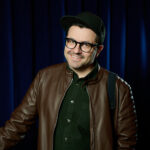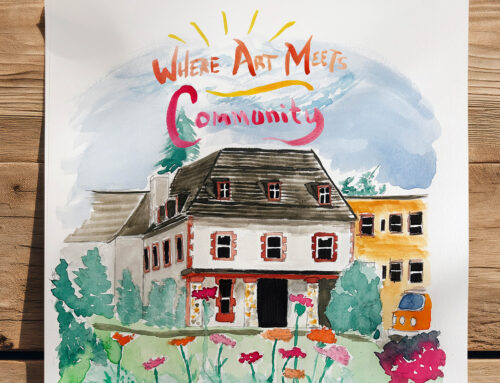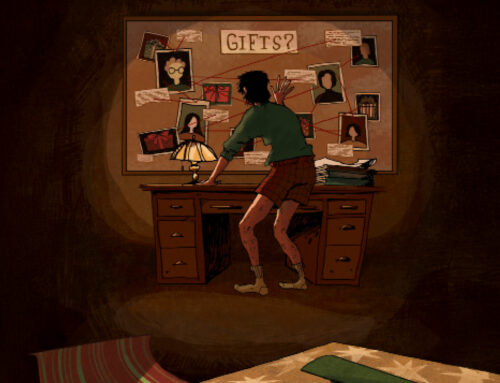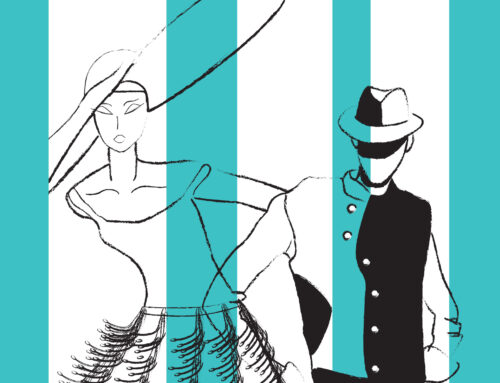The neighbor who becomes your best friend
Writing by Gia Miller
Design and Photography by Justin Negard
Ani Kavafian was 16 years old when she performed her first major solo piece, the 1940 Khachaturian Violin Concerto—an approximately 35-37-minute composition known for its emotional depth and technical brilliance. “That piece is very close to my heart—it has Armenian and Middle Eastern influences, especially in the slow movement,” says the Goldens Bridge resident. “I performed it with one of the Detroit orchestras, and I had to memorize the entire thing. When it was over, the applause felt great. That energy is contagious.”
Kavafian, a solo violinist, recitalist and chamber musician, has performed with nearly every major orchestra in the country, including the New York Philharmonic, Philadelphia Orchestra, Los Angeles Chamber Orchestra and San Francisco Symphony. She has premiered and recorded works written for her, appeared on numerous network and PBS music specials, and tours internationally as a member of the Chamber Music Society of Lincoln Center. Kavafian often performs with her sister, violinist Ida Kavafian, and she also teaches at Yale University, working with graduate violin students and coaching chamber ensembles.
Finding her note
Kavafian, who was born in Istanbul, Turkey, first sat down at the piano when she was only three years old. “My aunt was one of the great piano teachers in Istanbul, so she taught me,” Kavafian remembers. “But my mother sat with me and helped me practice. I would play something, and my mother would point to a note and say, ‘No, no! F sharp! F sharp!’ Then I’d play the wrong note again. My mom thought something was wrong with me, but I was only three years old, so I couldn’t read music; I was playing everything by ear.” Eventually, Kavafian learned how to read music and loved playing the piano.
When she was eight years old, her family moved to Detroit, and Kavafian began playing violin by chance. “The school needed instrumentalists for their orchestra, so they hoped to encourage students by giving out $15 scholarships for five in-home lessons,” she remembers. “My mom was a professional violinist, and my dad was the principal violist of the Istanbul State Symphony, and there was music in the family—aunts, uncles, etc.—so I decided to try the violin, and I liked it. My parents selected my teacher because he had an Armenian name; he turned out to be a wonderful teacher.”
This time, her parents decided to keep Kavafian’s music lessons between Kavafian and the teacher, and her mother didn’t intrude. “I think that was a smart decision,” she says. “But, of course, when I had questions, my parents could help me.” It wasn’t easy at first. In fact, Kavafian says it was “ugly” because the violin is a difficult instrument to learn. “There are no frets, so you have to learn the right places to put your fingers. And the bow is difficult, too. So it sounded terrible.” But once she understood the basics, Kavafian excelled on the violin, eventually giving up piano lessons (she practiced each instrument for about two hours a day) to focus on violin and maintaining good grades, something that was also very important to her.
In high school, she began working with a new violin teacher and performing as a soloist in local orchestras. When it came time for college, Kavafian wanted to attend the University of Michigan, but her mother had bigger plans. “Many of my friends were going to Michigan, and the violin teacher was phenomenal, but my mom stepped in and said, ‘No, you’re going to go to New York,’” Kavafian remembers. “You’re going to go to Juilliard and will study with another Armenian, Ivan Galamian. So she brought me to New York, I played for the man, and he said, ‘Yeah, I’ll teach you.’”
Kavafian is grateful her mother pushed her to attend The Juilliard School. While there, she became concertmaster of the orchestra. “I studied with such great people and wonderful chamber music teachers,” she recalls. “They were very high class, really wonderful players. I got very excited about being a musician.”
Becoming a musician
For Kavafian, there’s a difference between being a musician and being a violinist. “Being a musician means knowing the repertoire of other instruments, like piano or French horn,” she explains. “It’s playing chamber music with fellow colleagues, learning the score, learning how to read the score and follow the conductor. It’s also about communicating to an audience, not just practicing in your room. Being a musician requires you to be on the stage, under pressure and tell a story in a way that people can understand.”
“And I’m still evolving,” she continues. “There’s so much more to learn. Even after all these years, there are still pieces that give me a very hard time.” At the time of the interview, Kavafian was tackling a particularly challenging piece, Erich Wolfgang Korngold’s Piano Quintet. “It’s driving me a little berserk,” she sighs. “All the instructions are in German. They tell you how fast to play, how to feel, what to do, where to slow down, and where to speed up. And they’re all written in long sentences in German, not just one or two words, like they do in Italian. So I sit there with my dictionary and Google Translate, trying to figure out what the man wants. And the music itself is quite challenging.”
And while Kavafian says she didn’t have the challenges of being the first female in the orchestras or as a professor, she does find teaching, specifically dealing with students, a unique yet rewarding challenge. As a graduate-level professor at Yale, Kavafian will have 14 students this fall, and each one comes with their own personality and musical strengths and weaknesses. “I’m very dedicated and devoted to my students,” she says. “My second favorite subject in school was psychology, and I have a master’s in science; I’m fascinated with personalities. But it’s also a challenge because each student comes with different problems, even technical issues that challenge me. I need to understand them and then figure out how to teach them; not just what to teach, but how to teach it.”
Cue the crossover
While you won’t find Kavafian spontaneously hopping on stage with her violin—she jokes that her idea of improvising is asking for printed music first—she has made her way into pop culture. When asked what she is most proud of, she answered without hesitation: “Being a clue in the New York Times crossword puzzle many times. It has nothing to do with music, but it has everything to do with music. I’ve also been a clue in The Los Angeles Times and The Washington Post puzzles.”
Immediately following that accomplishment is performing “The Star-Spangled Banner” during the Colorado Rockies’ spring training camp in Tucson. “I love baseball, and that was so much fun,” she says. “After I played, there was this crazy applause—you don’t get that in a concert hall.” After she left the game, Kavafian drove to the store, parked next to “a giant pickup truck,” and began walking to the store when a “big macho guy” called out to her. “He said, ‘Hey. Hey, you. I saw you today.’ You were playing ‘The Star-Spangled Banner.’ It scared me to death when he said, ‘Hey, you,’ but it was so fun that he recognized me! I thought it was cool.”
Musically, out of her numerous achievements, Kavafian says she feels lucky to have frequently played in New York in front of a “very discerning audience” and to be a member of the Chamber Music Society of Lincoln Center for approximately five-and-a-half decades. “When I was in school, I looked at the people playing in the Chamber and thought they were so lucky,” she remembers. “It seemed like the best possible job in all the world. And then, I got a chance to join them. I love what I do, and I’m really lucky to have a career in music.”
To learn more about Ani Kavafian and the other musicians featured in this series, check out our podcast, available on Spotify and on Youtube.
This article was published in the July/August 2025 edition of Connect to Northern Westchester.









